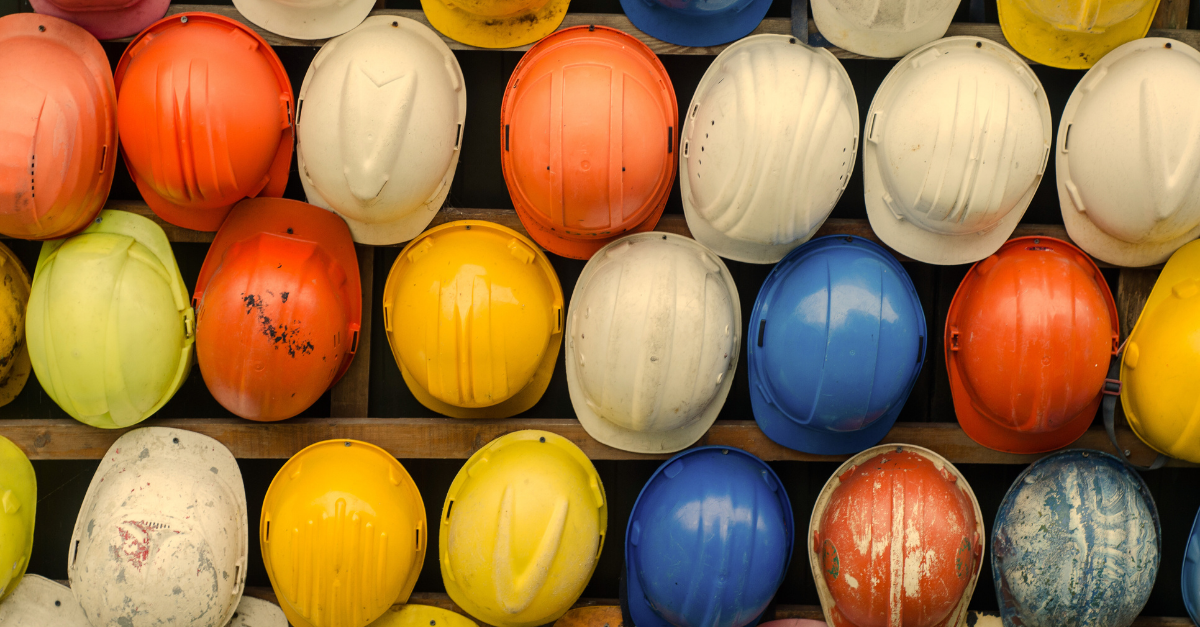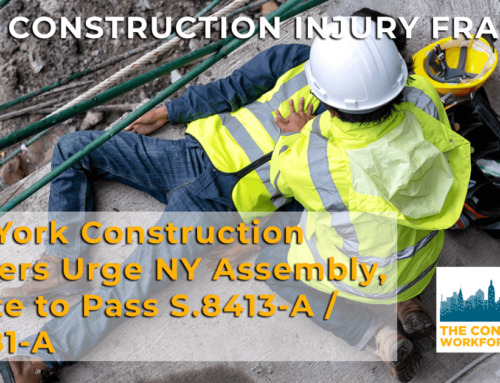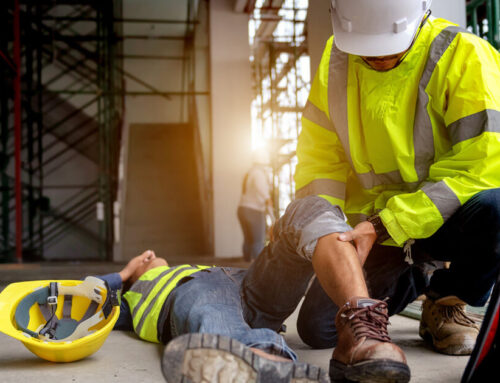Preventing Heat-Related Illnesses in New York’s Construction Workforce
Heat-related illnesses are a serious health risk for New York’s construction workforce, especially during the summer months. Construction workers regularly perform physically demanding tasks in high temperatures and humidity, which increases the risk of heat exhaustion, heat stroke, and other heat-related conditions. These illnesses are preventable when proper safety practices are in place. The Construction Workforce Project (CWP) encourages all contractors, site managers, and workers to take proactive steps to prevent heat-related health emergencies.
Understanding the Risks of Heat-Related Illnesses
According to OSHA and the CDC, thousands of workers in the United States suffer heat-related illnesses each year. Symptoms range from mild discomfort to life-threatening medical emergencies. In some cases, without prompt treatment, heat stroke can be fatal.
In New York City, nearly 87 percent of the workforce is people of color, and many workers are non-native English speakers. Language barriers, limited safety training, and unfamiliarity with warning signs can make it harder for workers to protect themselves and recognize heat illness symptoms in others.
Key Warning Signs of Heat-Related Illness
Recognizing early warning signs is essential for preventing serious health consequences. Workers and supervisors should be able to identify the following symptoms:
- Heavy sweating
- Muscle cramps
- Weakness or fatigue
- Headache or dizziness
- Nausea or vomiting
- Confusion, fainting, or disorientation
If any of these signs are present, it is important to act quickly. Heat stroke is a medical emergency that requires calling 911 and cooling the worker as soon as possible.
Prevention Practices for Employers and Workers
Employers and contractors should take these steps to reduce heat-related risks on jobsites:
- Schedule the most physically demanding work for the cooler parts of the day, such as early mornings.
- Provide shaded or air-conditioned areas where workers can take breaks and cool down.
- Ensure clean, cool drinking water is available and encourage workers to drink water frequently throughout the day.
- Offer training to all supervisors and workers on recognizing heat-related illness symptoms and how to respond quickly and effectively.
- Establish and enforce heat safety procedures on every jobsite, adjusting work practices based on the weather and site conditions.
Workers can help protect themselves and others by:
- Drinking water regularly, even before feeling thirsty.
- Wearing lightweight, light-colored, and breathable clothing.
- Taking regular breaks in shaded or cool areas to lower body temperature.
- Paying attention to how they feel and reporting any symptoms of heat illness immediately.
- Watching out for coworkers who may be experiencing signs of heat-related illness.
The Importance of Preparedness
Preventing heat-related illnesses requires planning, awareness, and teamwork on every construction site. With proper training, safety protocols, and attention to changing weather conditions, serious heat illnesses can be avoided. Heat safety is a shared responsibility that protects workers’ health and keeps construction projects running safely and efficiently.
Heat Safety Resources
📄 OSHA Heat Illness Prevention Campaign
📄 CDC Workplace Heat Safety
📄 NIOSH Heat Safety Mobile App





